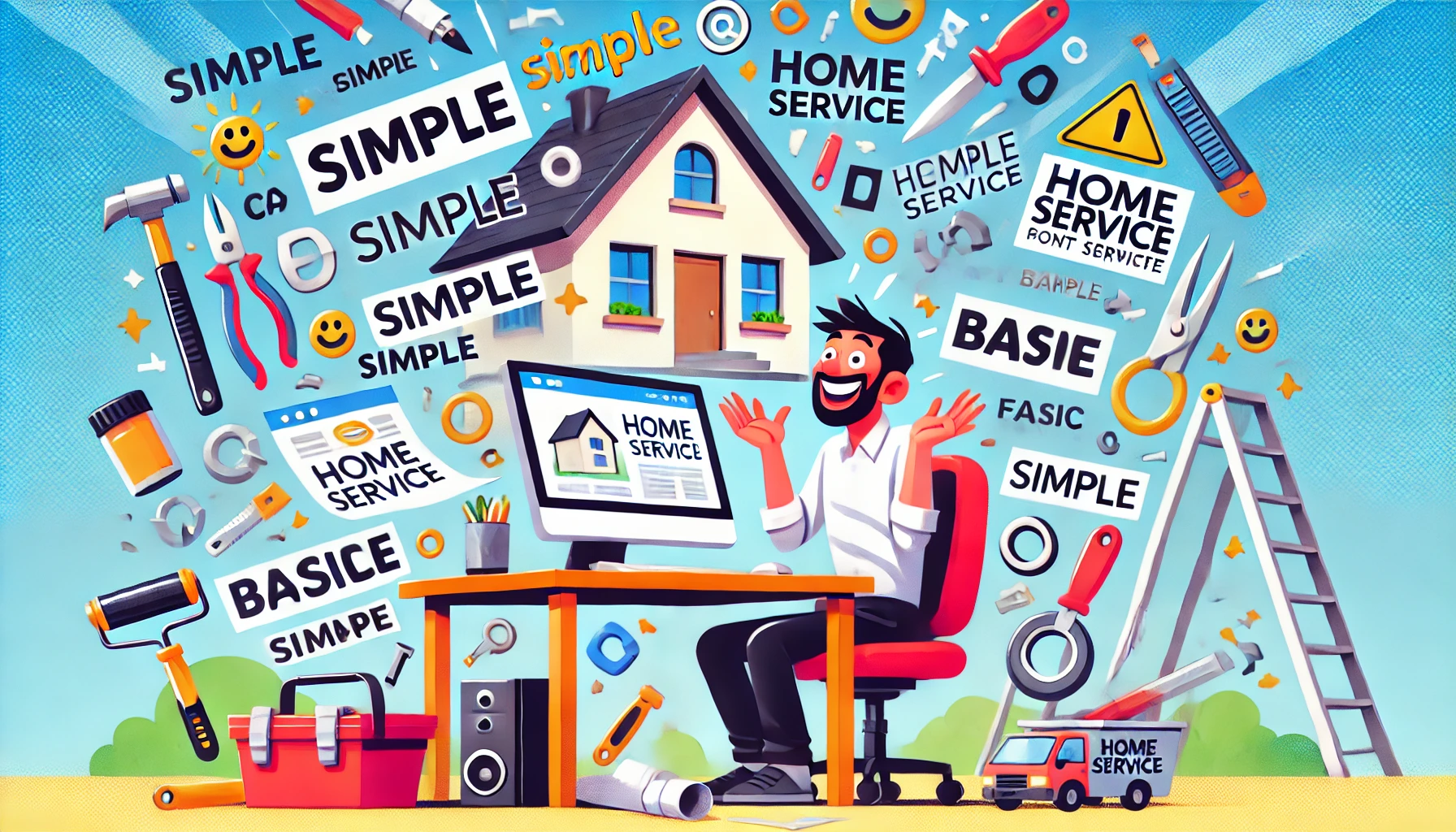Handling negative reviews effectively: Improve your brand reputation

A negative review isn’t the end of the world. Even the best businesses with carefully trained staff, top-notch products, and fair pricing can receive negative feedback from time to time. However, while a single negative review won’t tarnish your reputation, a series of them might.
This guide will help you systematize your approach to managing negative reviews on platforms like Yelp, Facebook, and Google, simplifying the response process and mitigating their impact.
Understanding the impact of reviews
Customers leave negative reviews for various reasons: feeling ignored, dissatisfaction with product quality, pricing concerns, or just having a bad day. These reviews, once published, can significantly influence public perception.
According to a recent survey:
91 percent of consumers regularly or occasionally read online reviews.
84 percent trust online reviews as much as personal recommendations.
87 percent of consumers consider a minimum rating of 3 stars necessary before they choose to engage with a business.
Thus, reviews are crucial in consumer decision-making, with negative ones potentially dragging down your overall ratings and deterring potential customers. Furthermore, people are more likely to share negative experiences on social media than positive ones, amplifying their impact.

How to handle negative reviews
Do not ignore negative reviews
Ignoring a negative review can appear as if you’re indifferent to customer feedback. Responding shows that you care about your customers’ experiences and are proactive about improving.
Avoid being defensive
Instead of reacting defensively or with anger, address concerns logically and calmly. Engaging in a public argument can deter potential customers. Maintain professionalism and respond politely, or choose not to respond publicly if emotions are high.
Acknowledge legitimate concerns
Evaluate the validity of the customer’s complaint. If there is merit to their concerns, admitting fault can demonstrate accountability and build trust among potential customers. Apologize publicly if appropriate, and outline any steps you’re taking to rectify the issue.
Best practices for responding to negative reviews
Respond promptly
Quick responses can mitigate the damage. Addressing concerns swiftly can change a customer’s perspective and potentially salvage the situation. Research shows that 53 percent of customers expect businesses to respond to negative reviews within a week.
Customize your responses
Treat each review individually, tailoring your response to the specific issues raised. Generic responses can seem insincere and may not effectively address the customer’s concerns.
Take discussions offline
If a review escalates or becomes highly negative, invite the customer to discuss the matter privately. This can prevent the situation from worsening publicly and allows for a more personalized resolution.
Express gratitude for constructive feedback
Constructive criticism can be invaluable. Thank customers for their feedback, which provides you with an opportunity to improve your business and customer service.

Best practices for managing online reviews
Personalizing responses to reviews
It’s crucial to acknowledge each reviewer personally rather than using generic greetings. Utilizing the reviewer’s name, which is often available through platforms like Google and Facebook where 76% of reviews originate, adds a personal touch and shows that you value the feedback.
This approach not only makes customers feel recognized but also enhances the perception of your business’s attentiveness and customer service.
Expressing gratitude
Always express gratitude for the feedback, regardless of its nature. Thanking customers for their input demonstrates that your business values honest and unsolicited opinions, which is essential even when the feedback is negative.
Offering apologies and empathy
Apologize to show that you acknowledge the customer’s dissatisfaction and empathize with their experience, even if the issue was not directly your fault. This strategy helps in building trust and can soften the impact of the negative feedback.
70 percent of customers are more likely to revisit a business that shows empathy.
Assuming responsibility
Avoid making excuses for any shortcomings mentioned in reviews. Acknowledge any specific incidents as isolated yet regrettable events, and reassure customers of your commitment to high standards.
This transparency can bolster your credibility and customer trust.
Resolving issues proactively
Address the specific concerns raised in negative reviews directly rather than providing generic responses. Detail any changes or improvements made in response to the feedback, which can demonstrate your commitment to enhancing the customer experience.
45 percent of consumers are more likely to visit a business that responds to negative reviews with solutions.
Handling sensitive matters privately
When a review highlights a significant issue, it’s often best to take the conversation offline. Provide contact details and invite the reviewer to discuss the matter privately, which can prevent further public escalation and demonstrates a sincere intent to resolve the issue.
Encouraging a second visit
Invite dissatisfied customers to return, showing confidence in your ability to improve their next experience. This open invitation not only has the potential to reverse a negative impression but also reinforces your commitment to customer satisfaction.
67 percent of customers say they are more likely to revisit a business if their concerns are addressed effectively.
No business is immune to negative reviews. When they occur, address them promptly and thoughtfully. If a review is baseless or incorrect, explore options to have it removed.
Ultimately, a proactive and thoughtful approach to customer feedback can turn potential negatives into opportunities for improvement and demonstrate your commitment to customer satisfaction.

Expert opinions on dealing with negative reviews
Sophia Wright, Brand Consultant: “Authenticity in your responses is critical. Avoid generic replies and tailor your response to address the specific issues raised by the reviewer. Personalizing your response shows that you have taken the time to understand their concerns and are genuinely interested in resolving them.”
Jason Lee, Customer Support Trainer: “Training your customer support team to handle negative reviews effectively can make a significant difference. They should be equipped with the skills to empathize with customers, de-escalate tense situations, and provide satisfactory resolutions. A well-trained team can turn negative experiences into positive outcomes.”
Olivia Morgan, Business Development Advisor: “Using negative reviews to inform your business strategy can lead to substantial improvements. Regularly reviewing feedback and making necessary adjustments to your operations, policies, and customer service practices can enhance overall customer satisfaction and reduce the occurrence of negative reviews.”

 6 min
6 min 







